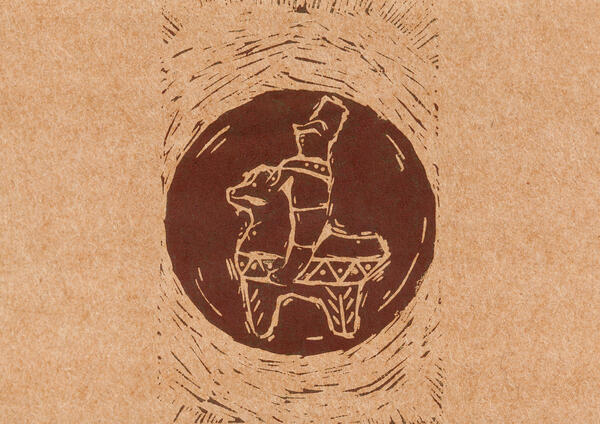The exhibition ‘Storehouse of History’ is dedicated to the clay toy from ten Russian handicraft centers — Stary Oskol, Sudzha, Kozhlya, Chernysheno, Pleshkovo, Romanovo, Filimonovo, Hludnevo, Dymkovo, and Kargopol.
The toys showing elegant ladies wearing kokoshnik headdresses, roosters with flamboyant crests, cow-shaped whistles, and minimalistic ‘utushkas’ represent folk beliefs and history of the settlements where they have been made. The visitors can learn about the difference between various types of clay, the reason why craftsmen mixed paint with eggs, and why some toys are squatty, while others, even bears, have swan-like necks.
The museum’s collection contains precious artifacts of the 16th — 19th centuries, the early 20th century items made by prominent craftswomen, who managed to preserve the handcrafts of dying villages, as well as modern exhibits.
The toys showing elegant ladies wearing kokoshnik headdresses, roosters with flamboyant crests, cow-shaped whistles, and minimalistic ‘utushkas’ represent folk beliefs and history of the settlements where they have been made. The visitors can learn about the difference between various types of clay, the reason why craftsmen mixed paint with eggs, and why some toys are squatty, while others, even bears, have swan-like necks.
The museum’s collection contains precious artifacts of the 16th — 19th centuries, the early 20th century items made by prominent craftswomen, who managed to preserve the handcrafts of dying villages, as well as modern exhibits.
The exhibits are marked with AR stickers for recognition.

